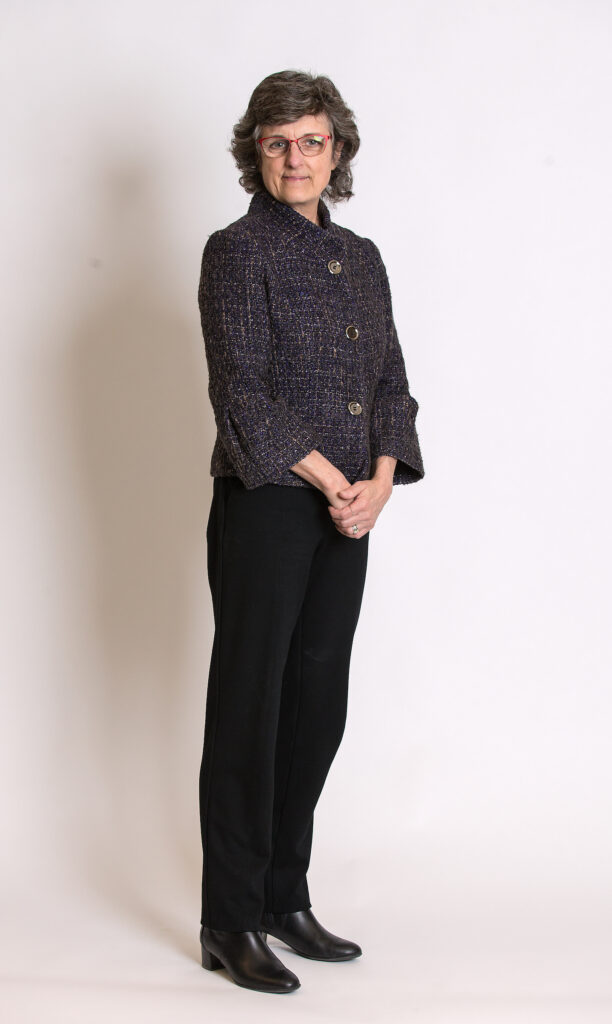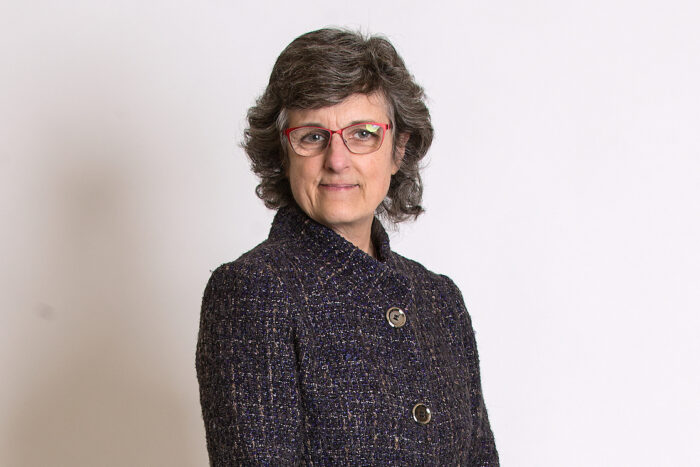
This is the fourth in an occasional series of blog posts occasioned by a visit to Rwanda this past summer. The first, second, and third can be found at the included links.
In 1994, Rwanda was the epicenter of one of the most brutal genocides in modern history. Over the course of 100 days, a staggering number of Tutsis and moderate Hutus were slaughtered in a wave of ethnic violence. Afterwards, Rwanda confronted an immense challenge: delivering justice to the perpetrators of the genocide while nurturing healing in a nation shattered by mistrust and deep, unrelenting trauma.
This journey toward justice was not singular but multi-faceted, involving both international mechanisms and traditional practices that collectively addressed accountability and reconciliation. Central to this journey were the International Criminal Tribunal for Rwanda (ICTR), traditional Rwandan courts, and Gacaca, each playing a distinct role in the nation’s post-genocide recovery.
The International Criminal Tribunal for Rwanda (ICTR) and the ICTR Appeals Chamber
In the immediate aftermath of the genocide, the international community recognized the need for a tribunal to address the most egregious crimes committed during the genocide. In November 1994, the United Nations Security Council established the International Criminal Tribunal for Rwanda (ICTR), with its seat in Arusha, Tanzania, and offices in Kigali, Rwanda. Its mandate was clear: to prosecute high-ranking officials and individuals responsible for orchestrating the genocide as well as for other crimes against humanity. The ICTR also had an Appeals Chamber located in The Hague, Netherlands.
In 2007, then Chief Justice Shirley Abrahamson of the Wisconsin Supreme Court and I joined judges from around the world at The Hague for an international criminal courts conference, visiting the ICTR Appeals Chamber. A year earlier, the Chamber had formally recognized the 1994 genocide against the Tutsi. At the time, I didn’t imagine I would ever again hear about the genocide in such a profound and personal way. Seventeen years later, in Rwanda, I met survivors and perpetrators who shared stories of atrocities, forgiveness and healing, as partly recounted in past blog posts.
The ICTR’s significance lay in its international scope and its focus on holding those in power accountable. Many of those prosecuted were political leaders, military officers and media figures who had played key roles in inciting violence and organizing mass killings. The ICTR set important legal precedents, such as the first conviction for genocide in international law, and it helped include mass rape in the definition of the crime of genocide, setting the stage for more gender-sensitive approaches to international criminal law.
The ICTR also faced its share of criticism. The tribunal was often seen as slow and bureaucratic. By the time it closed in 2015, it had completed 93 indictments, a relatively small number compared to the scale of the atrocities. Moreover, its focus on high-level perpetrators meant that thousands of lower-level offenders who were complicit in the killings were not being held accountable. Despite these challenges, the ICTR contributed significantly to establishing the principle that genocide and crimes against humanity cannot go unpunished, regardless of one’s position of power.
The traditional Rwandan courts
While the ICTR worked on the international stage, Rwanda’s national justice system had its own overwhelming task: addressing the thousands of genocide suspects who were either in custody or still at large. However, the country’s judicial system was in disarray after the genocide. Courts were destroyed, and many judges, lawyers, and clerks either had been killed or had fled the country.
Rwanda sought to rebuild its legal system, but the sheer number of suspects — estimated at more than 120,000 in overcrowded prisons — posed an insurmountable challenge. The national courts managed cases, particularly those involving key figures in local communities, but the burden on the system remained unsustainable. In this context, the government turned to a form of justice that was deeply rooted in restoration and Rwandan tradition: Gacaca.
Gacaca: a blend of justice, restoration, and reconciliation
Gacaca (pronounced GA-CHA-CHA, meaning “grass”) was a community-based restorative justice system blending traditional and modern approaches. Rooted in a philosophy centered on repairing harm rather than solely punishing offenders, Gacaca evolved from Rwanda’s age-old method of resolving disputes in open spaces. Officially launched in 2002, it aimed to address the enormity of genocide crimes while rebuilding trust, fostering dialogue, and restoring relationships between victims and perpetrators — often families and neighbors in the same villages.
Led by locally chosen judges, Gacaca was a form of participatory justice where communities tried genocide suspects, focusing especially on those who had participated in killings or property destruction but were not the architects of the genocide. It emphasized truth-telling, accountability, forgiveness and reconciliation. Accused individuals could confess their crimes, seek forgiveness, and receive reduced sentences if they showed genuine remorse. Survivors, in turn, were given a platform to share their stories and have their suffering acknowledged, fostering community healing.
Over 10 years (2002–2012), Gacaca judges tried more than 1.9 million cases, making it the most comprehensive post-conflict justice program in the world. Unlike traditional retributive systems, Gacaca sought not only to deliver justice but also to mend Rwanda’s social fabric by addressing harm at both individual and community levels. This innovative approach allowed Rwanda to confront the scale of the atrocities while fostering collective responsibility, reconciliation, and healing.
Justice as a path to healing
The path to justice after the Rwandan genocide has been imperfect but deeply instructive, illustrating the need to balance accountability with the imperative of healing. Rwanda’s use of both international tribunals and community-based mechanisms, such as the Gacaca, reflects the complexity of addressing crimes of such unimaginable scale and brutality. It also serves as a reminder that justice is not solely a legal endeavor — it is a profoundly human one, requiring empathy, resilience and a commitment to rebuilding trust in fractured communities.
In a world where atrocities and mass violence persist, Rwanda’s approach stands as both a cautionary tale and an inspiring blueprint. It reminds us that while traditional justice mechanisms are vital for upholding the rule of law, true justice often demands a more humanistic approach — one that prioritizes reconciliation, inclusion, and the possibility of renewal. Rwanda’s journey shows us that even in the aftermath of the unthinkable, a nation can strive toward accountability and healing, offering hope for other societies grappling with the scars of conflict.
In upcoming blog posts, I’ll share insights from the conference I attended in Rwanda in July 2024, “Listening & Leading: The Art and Science of Peace, Resilience & Transformational Justice, from Rwanda to the World,” and explore Rwanda’s global leadership in peace education and reconciliation practices. I continue to be humbled by the experience.
